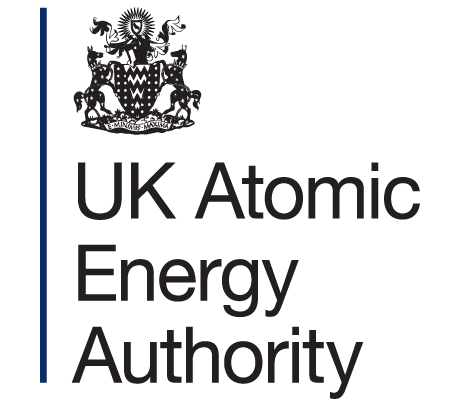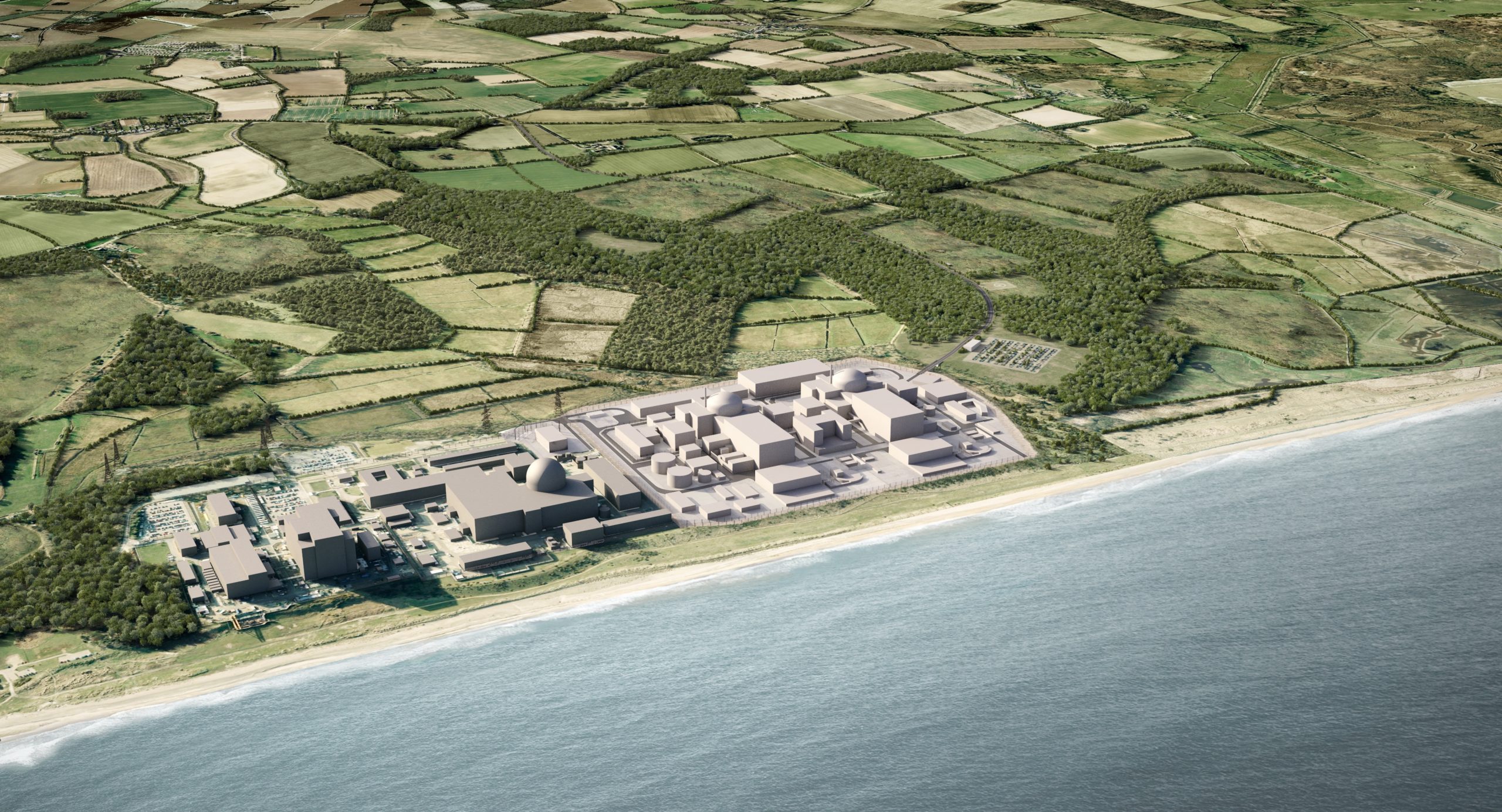New Oxford Economics study shows civil nuclear makes £6.1 billion contribution to UK economy and pays £4.5 billion into Exchequer
Investment needed to ensure skills are not lost as stations retire
“Urgent need to minimise fossil fuels and to cut dependence on foreign energy sources make further contributions from the nuclear sector key.”
A new study shows the UK’s civil nuclear sector directly contributed £6.1 billion to the UK economy in 2021, and its 64,000 employees are part of the most productive workforces in the country.
The Delivering Value report, compiled by Oxford Economics and commissioned by the Nuclear Industry Association, shows this economic impact increased to £16.1 billion and 211,500 jobs when the sector’s spend on associated goods and services and the wage spend by employees is taken into account.
Each nuclear sector employee contributed an average of £102,300 in gross value added (GVA) to the economy, almost twice as high as the average UK worker, reflecting the highly skilled nature of the workforce.
The direct impact, while accounting for 0.3% of UK GDP, also generated substantial sums in taxes paid to the Exchequer, with the report estimating the sector paid around £4.5 billion in tax payments in 2021, rising to £7.1 billion when associated spend is included.
The benefits of the nuclear sector are felt in all parts of the country with the industry’s activities supporting £1 in every £49 of economic output in the North West and South West of England.
Since every single nuclear station in operation and decommissioning is in coastal Britain, nuclear brings jobs and investment to some of the most deprived parts of the country in particular. In England, over a third (39%) of direct employment in the sector occurs in the most deprived 25% of local authorities. In Scotland, that figure is almost half (48%).
The North West, home to Sellafield, the National Nuclear Laboratory and Heysham power stations, as well as Urenco at Capenhurst and Springfields fuel plant, sees the largest impact. Some £3.9 billion in GVA was contributed by the sector across the region in 2021 – equivalent to 2.1% of all regional output.
The South West of England, home to the construction of the new Hinkley Point C power station, saw the next largest impact, totalling £2.6 billion, an increase of 60% compared to 2016.
For more than 65 years the UK’s civil nuclear sector has provided secure and reliable low-carbon electricity which has powered the nation. By 2028, all but one of the current fleet of stations will have retired, meaning the UK risks falling behind other leading nuclear nations without fresh investment.
Tom Greatrex, Chief Executive of the Nuclear Industry Association, said:
“This report shows the huge contribution the nuclear sector makes to the UK economy, generating highly skilled, well paid jobs which support communities up and down the country.
“As well as keeping Britain’s lights on, the industry supports families and non-nuclear businesses in areas where jobs have been harder to come by, making a real impact where it’s needed most.
“But, as our stations retire after decades of service, we risk losing the benefits the industry brings, so it’s vital that the government urgently sets out a clear plan for a programme of new nuclear stations.”
Sam Moore, Managing Director, Economic Consultancy Oxford Economics,
“The civil nuclear industry makes a substantial contribution to UK GDP, the labour market and tax revenues. It also helps to address disparity in opportunities in the UK, providing highly paid jobs in areas which have low employment and in rural areas.
“But more than that, it lowers the UK’s usage of fossil fuels and dependence on foreign energy sources therefore enhancing British energy security.”
ENDS
Notes to editors
- The UK has five generating nuclear power stations, providing around 16% of the country’s electricity from 5.88 GW of capacity.
- Two stations, Heysham I and Hartlepool will retire by March 2024, and all but one will retire by March 2028, including Heysham II and Torness. Only Sizewell B will be in operation after 2030. Hinkley Point C’s reactors are scheduled to come online
- Nuclear has saved the UK 2.3 billion tonnes of carbon emissions, far more than any other source. The saving is equivalent to all UK emissions from 2015 through 2020.
- The Delivering Value report can be found at: https://www.niauk.org/wp-content/uploads/2023/01/Delivering-Value_Economic-Impact-Civil-Nuclear.pdf.
- Economic impact analysis of the UK’s civil nuclear sector was undertaken by Oxford Economics in in September – December 2022.
About the Nuclear Industry Association
As the trade association for the civil nuclear industry in the UK, the Nuclear Industry Association represents more than 250 companies across the UK’s nuclear supply chain.
Links
Visit our website: https://www.niauk.org/
Follow the NIA on Twitter @NIAUK and LinkedIn
For further information, please contact:
Iolo James
[email protected]
07517108023












